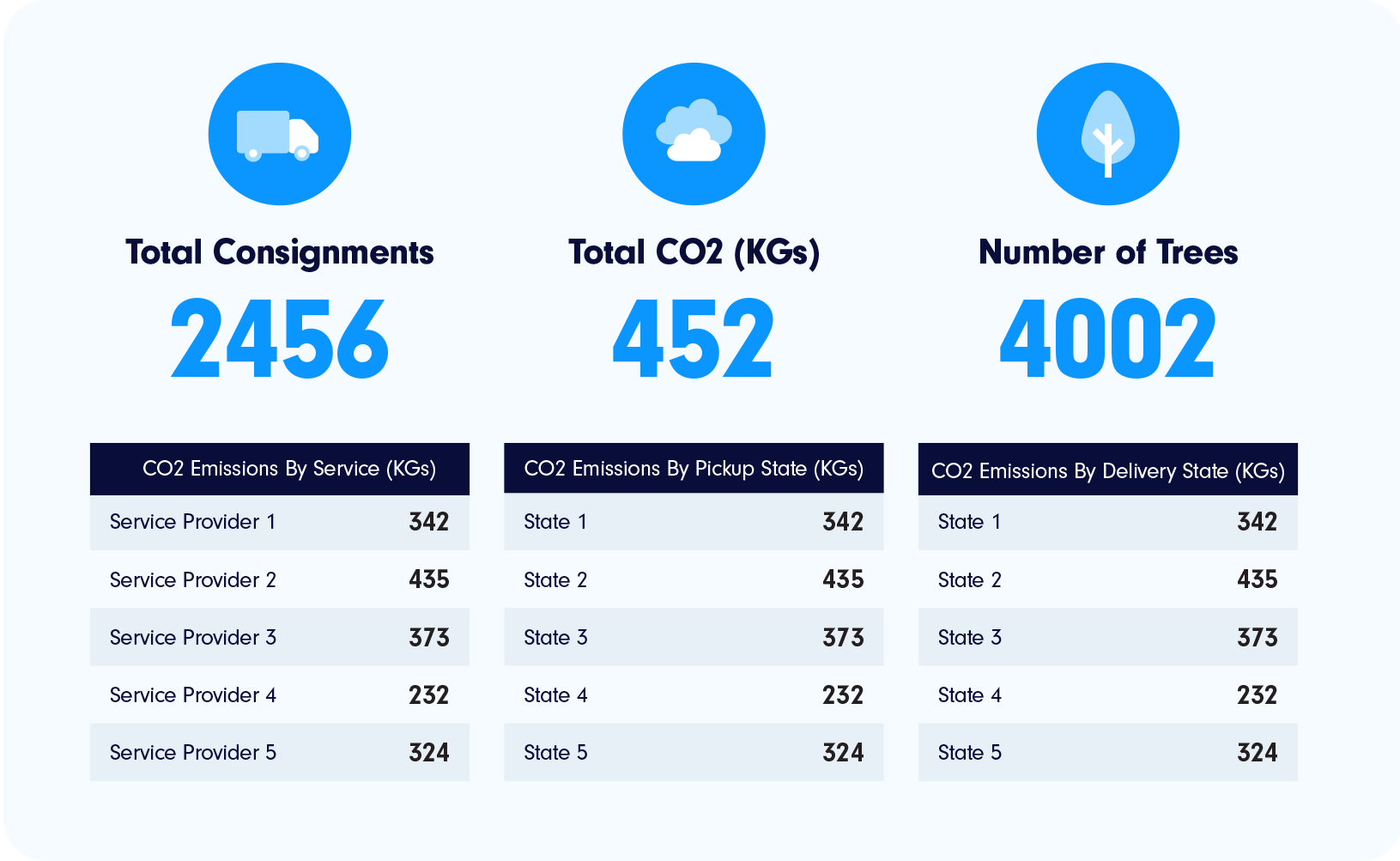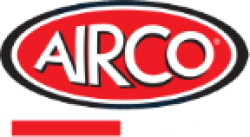Understand and act on your fleet’s carbon footprint
New transport carbon reporting laws are rolling out across Australia and New Zealand - and for many businesses, that means tackling Scope 1, 2 and 3 emissions for the first time.
That’s why we’ve embedded carbon reporting directly into the Cario platform. Designed by freight and logistics experts from Cario, initially alongside Swinburne University data science students, Cario’s carbon reporting feature automatically turns your existing freight data into high-integrity carbon reports - ready to help you report, reduce and take action.
How carbon reporting works in Cario
1. Collect
Cario securely captures your freight data - no manual uploads required.
2. Measure
Scope 3 Emissions are calculated across your 3rd party freight carriers, using industry standards and your actual data.
3. Report
Generate audit-ready carbon reports with breakdowns by carrier, mode, location and time period.
4. Reduce
Get recommendations to help reduce emissions and set decarbonisation targets.
5. Communicate
Track progress and share sustainability achievements with customers, partners and stakeholders.
Case Study:
Dandenong Distributor Centre
Cario’s carbon reporting tool was used to measure the emissions from a single day’s freight movement from their Dandenong hub to multiple state warehouses.
| 500kg pallets to Perth via rail | x7 |
| 500kg pallets to Sydney via road | x14 |
| 6kg parcels to Brisbane via air | x4 |
| Total Carbon emitted: | 832.71kg |
| Trees planted to offset this freight emission: | 32 trees |
Note: This example is simplified for demonstration purposes
Complimentary Carbon Workshop
Take the steps to understand how to measure your Scope 3 carbon footprint in this complimentary, facilitated 2-hour workshop with our freight experts. You'll gain insights into:
- How to report on Scope 3 emissions by carrier and pick-up/delivery State
- The impact that making changes to your freight profiles, carriers and transport type can have
- Industry benchmarks and standards









